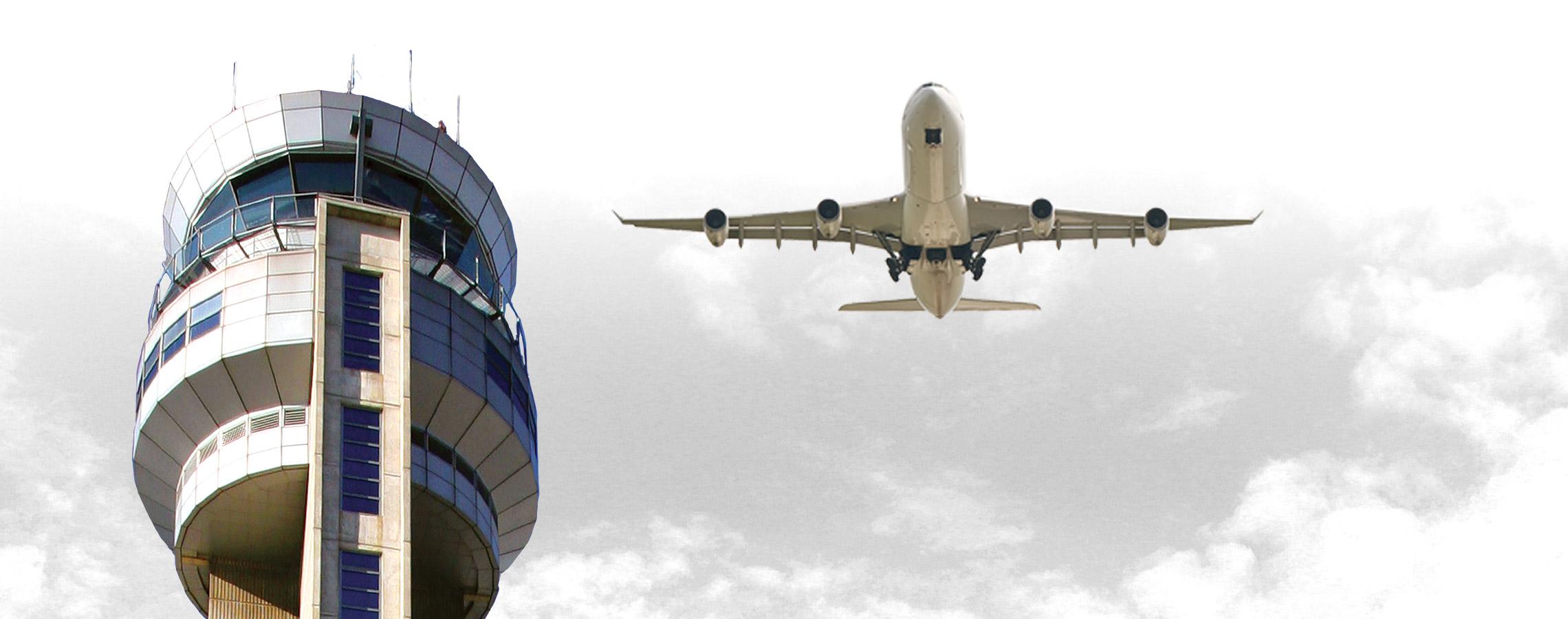SESAR (Single European Sky Air Traffic Management Research) program
In response to this need, the European Commission set up the Single European Sky (SES) initiative to meet future airspace capacity and safety needs. The SESAR (Single European Sky Air Traffic Management Research) program is the technological and operational arm, tasked with building the future European air traffic management system. SESAR seeks to predict, model and manage aviation challenges. However, the bespoke simulation equipment required to achieve a high level of accuracy is both complicated and expensive. Therefore, Europe’s aviation industry sought a more cost-effective and collaborative way to approach this.The Shared Virtual Sky solution
Sopra Steria, a leader in IT integration, has been providing intelligent transport systems for more than forty years. In collaboration with a number of aviation industry partners, Sopra Steria took charge of architecture and operations behind an innovative research and development project aimed at responding to this industry-wide need. The project successfully delivered the first European airspace simulation platform. This is now a commercial service that is being used by a number of organisations. Named Shared Virtual Sky, it enables the interconnection of aviation company systems, particularly airborne (cockpit) and ground navigation (air traffic control) systems. Participants connect their simulators to a high-fidelity real-time environment that supports specific flight simulations in rapidly changing conditions. Engineers, test pilots and air traffic controllers can work together, regardless of location, via a standard and holistic interoperability solution. This avoids the disruption and expense of moving into a new external facility and allows research facilities, airports and others to connect to the platform. Sopra Steria chose ST Engineering Antycip (formerly Antycip Simulation) and the MAK RTI, from partner VT MAK, as the linking software because of its stability, its ability to work in a Wide Area Network (WAN) environment, and its adherence to the HLA IEEE 1516 specifications. The MAK RTI enabled Sopra Steria to speed up the development of the middleware layer (the “interoperability layer”) of this multi-partner Air Traffic Management simulation. “Performance, quality, and stability are just three reasons that made us choose the MAK RTI. The support of Antycip, MAK’s reseller and partner in Europe, was another asset during implementation and deployment, providing specific customer updates when needed in our native language,” stated Jean Lingueglia, Shared Virtual Sky project leader at Sopra Steria, Spain.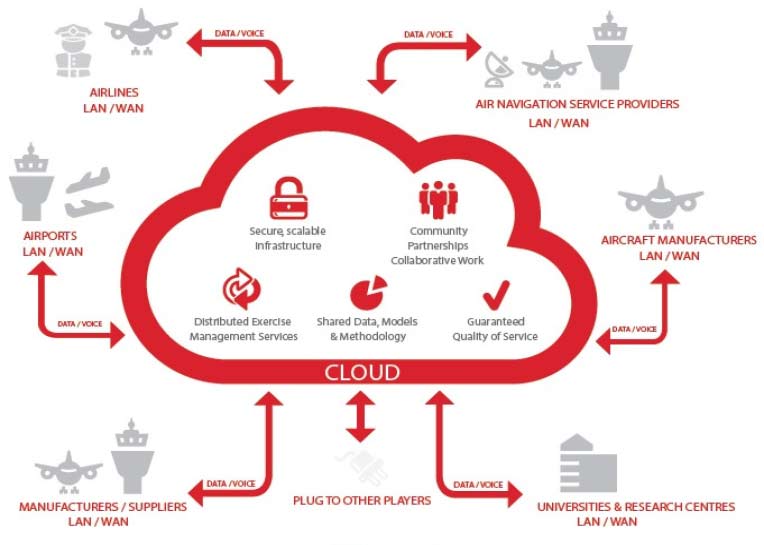 “We are very proud to work with Sopra Steria to develop Virtual Sky as an open and interoperable ATM simulation solution. Our teams were efficient and benefitted from MAK’s flexibility to help Steria deploy the MAK RTI,” said Johan Besnainou, Director France and Spain for Antycip. “Antycip and MAK have been involved in simulation development for many years, and our focus is, and has always been, to help our clients easily and efficiently use our COTS products.”
Aircraft Manufacturers and ATC authorities in Italy, Germany, France and Sweden are now using Shared Virtual Sky to derive a number of business and operational benefits. These include improved ability to predict the position of an aircraft’s trajectory for better traffic management, enhanced security of aircraft traffic due to better demand and capacity balancing, and more realistic and relevant training for airport staff and aircraft operators. The ability to collaborate in a virtual environment accelerates innovation by enabling simulations using new air space management techniques and provides cost-effective validation and verification of planned and potential air traffic flow.
“We are very proud to work with Sopra Steria to develop Virtual Sky as an open and interoperable ATM simulation solution. Our teams were efficient and benefitted from MAK’s flexibility to help Steria deploy the MAK RTI,” said Johan Besnainou, Director France and Spain for Antycip. “Antycip and MAK have been involved in simulation development for many years, and our focus is, and has always been, to help our clients easily and efficiently use our COTS products.”
Aircraft Manufacturers and ATC authorities in Italy, Germany, France and Sweden are now using Shared Virtual Sky to derive a number of business and operational benefits. These include improved ability to predict the position of an aircraft’s trajectory for better traffic management, enhanced security of aircraft traffic due to better demand and capacity balancing, and more realistic and relevant training for airport staff and aircraft operators. The ability to collaborate in a virtual environment accelerates innovation by enabling simulations using new air space management techniques and provides cost-effective validation and verification of planned and potential air traffic flow.

